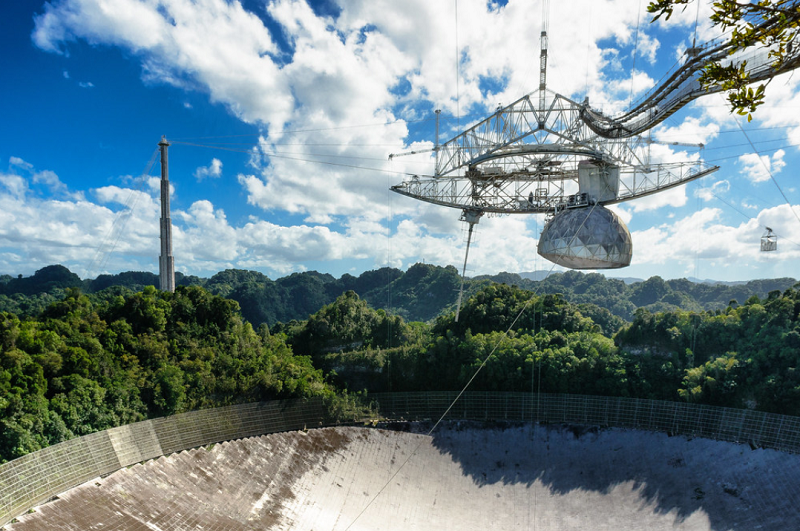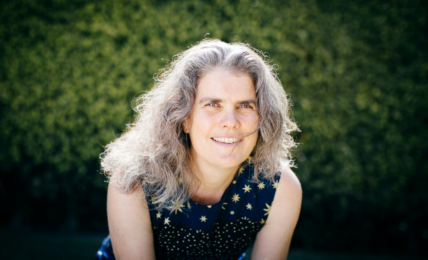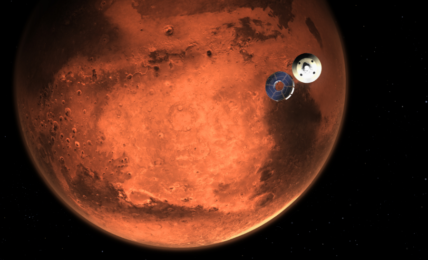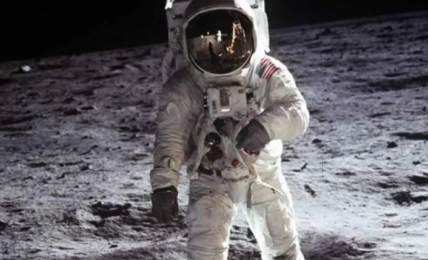‘Not just another telescope’: Puerto Rico’s beloved Arecibo Observatory to be decommissioned
"In addition to being the most powerful planetary radar on the planet and a uniquely versatile science instrument, the Arecibo Observatory is a very important institution of Puerto Rican science, society, and culture."









